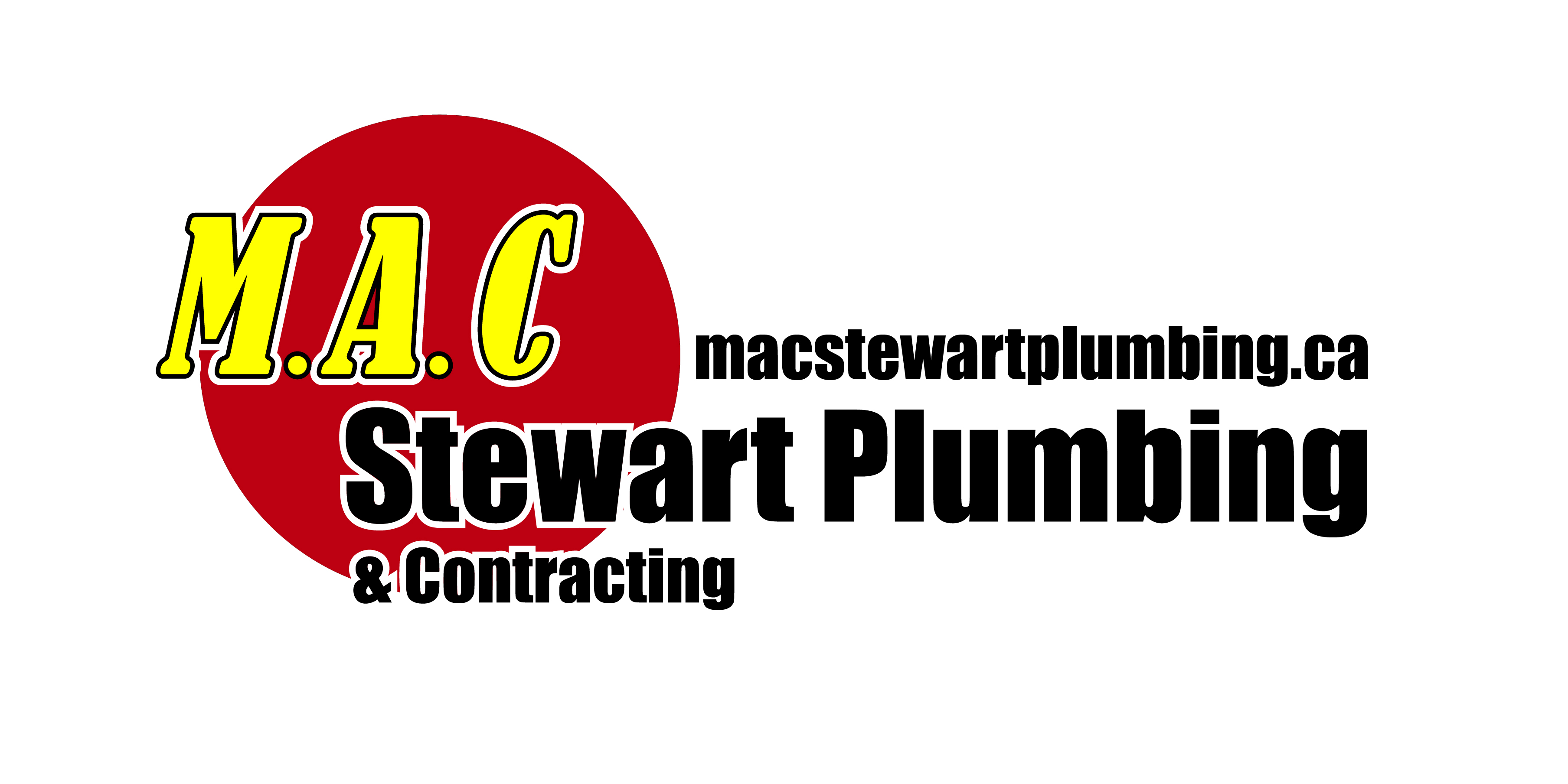Catch Basins in Newmarket
Chances are, you walk or drive over at least one during your daily commute. In fact, if you own a business or operate an apartment complex, catch basins are probably located in your parking lot or driveway. You see them every day, but when was the last time you actually took a look inside the storm water receptacles on your property? Failing to properly maintain your storm water drains with regular catch basin cleaning from M.A.C. Stewart Plumbing could result in clogging and surface flooding. Take a proactive approach to your sanitary and storm water management with a preventative maintenance plan and regular Jet/Vac basin cleaning program.
Why Catch Basins Are So Important
Catch basins are installed on properties in order to collect rain water and prevent debris and contaminants from clogging the main storm system. Catch basins also act as a conduit to direct storm water away from foundations and to decrease the chance of surface flooding. The manholes that you see throughout act as access points for drainage specialists and inspectors who are undertaking sanitary and storm water system cleaning.
It's important to note that it is the responsibility of all commercial and residential property owners, including condominium associations, to perform regular catch basin cleaning, as well as sanitary and storm water maintenance. Preventative maintenance should be undertaken once a year in order to provide a clean and sanitary environment for residents, employees, and visitors to your property.
What We Offer
M.A.C. Stewart Plumbing offers preventative maintenance programs for sanitary and storm sewer systems that’s specially designed to protect your property and prevent contaminants from entering the municipal sewer system in accordance to M.O.E. and Municipal bylaw requirements.
Our drainage contractors will provide you with:
-
A site plan detailing the location of catch basins, main storm and sanitary sewers (including manhole and laterals), as well as water pipelines and emergency shut off valves.
-
Documents identifying equipment or systems that may malfunction.
-
Schedules and procedures for routine inspections.
-
Prompt repair or replacement of defective equipment that is found during inspection.
-
Access to an organized record-keeping system to schedule and review documents from past inspections.
-
Complete, up-to-date records that detail inspection findings and outline recommended follow-up actions
